This blog takes you on an exhilarating journey through the iconic lead singers of the legendary rock band Van Halen.
Prepare to be transported into the world of dynamic showmanship, soaring vocals, and unparalleled stage presence that propelled this trailblazing group to the pinnacle of success and left an indelible mark on the music industry.
First, we’ll delve into the electrifying persona of David Lee Roth, the charismatic frontman whose flamboyant antics and larger-than-life stage presence captivated audiences worldwide.
With his high-kicks, spins, and unmistakable swagger, Roth redefined the role of a lead singer, transforming live performances into theatrical spectacles.
His distinctive vocals, oozing with attitude and bravado, perfectly complemented Eddie Van Halen’s mind-bending guitar work, forging an unforgettable sound that inspires generations of rock enthusiasts.
Then, we’ll explore Sammy Hagar’s powerful and soulful vocals, whose arrival ushered in a new era for Van Halen.
Hagar’s gritty yet melodic voice breathed new life into the band’s sound, infusing their hard-hitting riffs with a bluesy, almost primal energy.
Join us on this electrifying exploration as we pay homage to the enduring legacies of these iconic frontmen and celebrate their indelible mark on the very fabric of rock music.
Lead Singers And Their Key Songs
1. David Lee Roth Era (1974-1985)
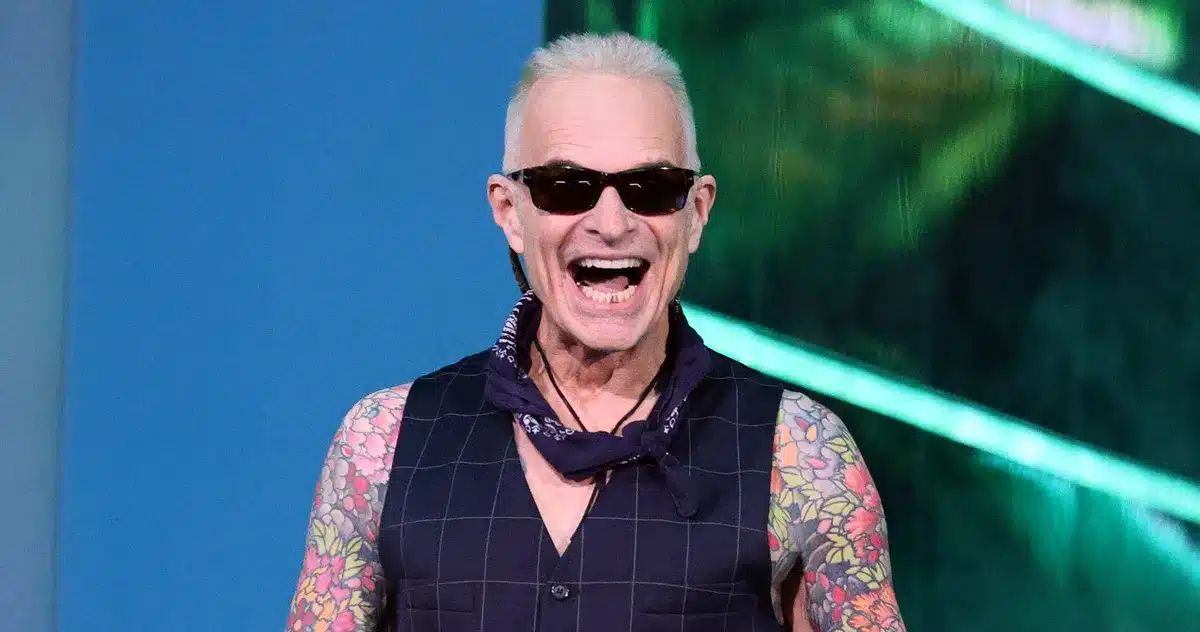
Roth’s Explosive Showmanship
Dynamic Live Performances
- David Lee Roth brought a wildly energetic and theatrical flair to Van Halen’s live shows.
- His acrobatics, flamboyant persona, and improvised antics became an integral part of the Van Halen experience.
Signature Vocals and Songwriting
- Roth’s distinctive vocal style, from gritty blues inflections to soaring melodies, complemented the band’s sound.
- He co-wrote many of their biggest hits, infusing the lyrics with his charismatic rockstar persona.
Stratospheric Success
Blockbuster Album Releases
- With Roth at the helm, Van Halen unleashed a string of hugely successful and influential albums like Van Halen II, Fair Warning, and the game-changing 1984.
- Their music embodied the spirit of the times, resonating with audiences worldwide.
Pioneering Music Videos
- Van Halen’s music videos, such as “Hot for Teacher” and “Panama,” captured Roth’s manic energy and showmanship.
- They set new standards for rock visualizers and amplified the band’s mass popularity in the fledgling MTV era.
Artistic Tensions and Roth’s Departure
Clashing Creative Visions
- As the band matured, Roth’s flamboyant showmanship began to clash with Eddie’s desire to explore more serious musical directions.
- Growing tensions over control of the band’s image and sound led to an inevitable rift.
The End of an Era
- After releasing the landmark 1984 album, Roth’s departure in 1985 marked the end of Van Halen’s most iconic and commercially successful era.
- His inimitable presence and contributions as a showman and co-songwriter were incredibly influential.
2. The Sammy Hagar – Years (1985-1996, 2003-2005)
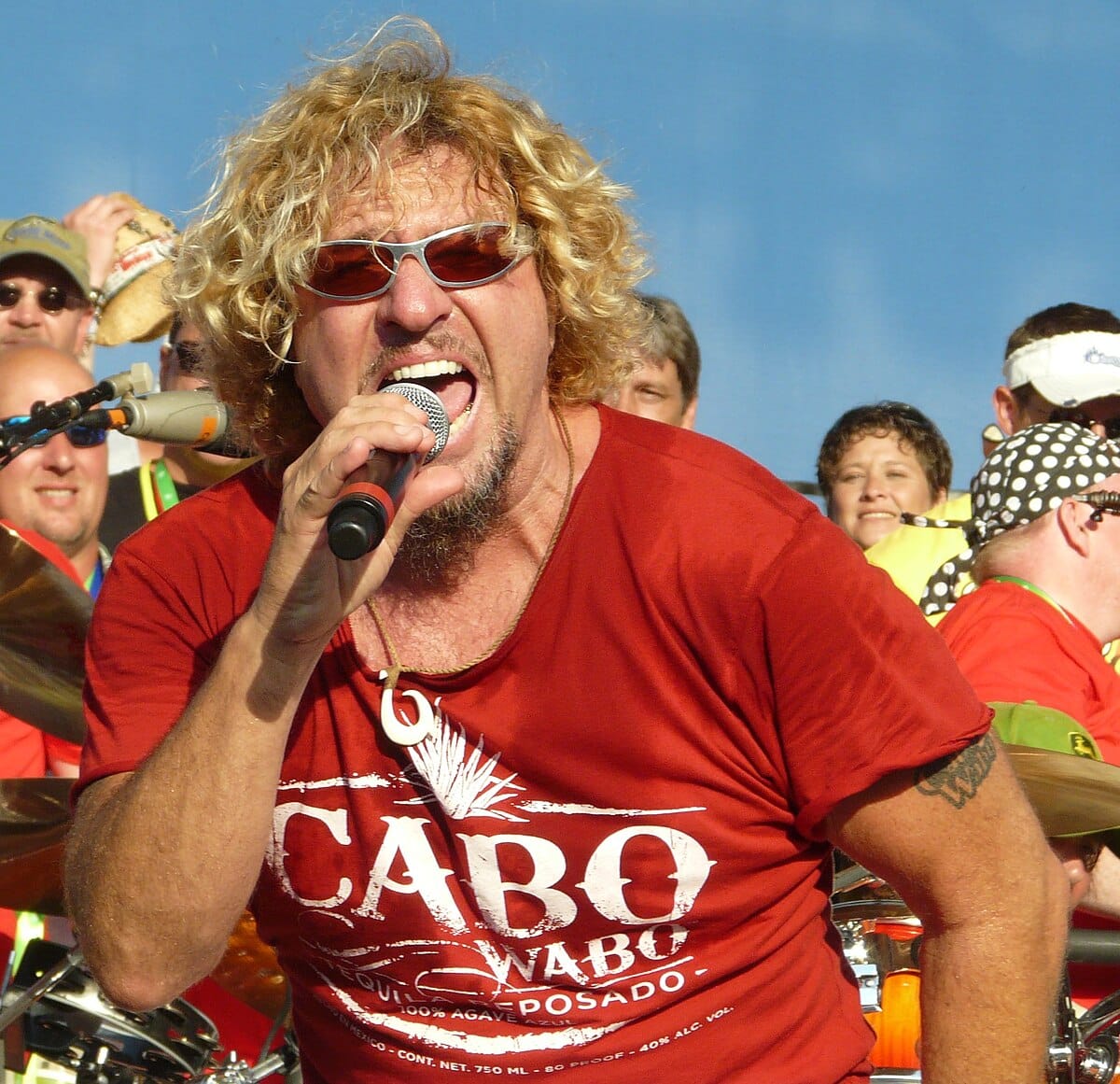
New Voice and Musical Direction
Hagar’s Arrival
- After Roth’s exit, former Montrose singer Sammy Hagar was recruited as Van Halen’s new frontman in 1985.
- His gritty, bluesy vocals and hard rock songwriting sensibilities ushered in a new musical era for the band.
Evolution of Sound
- With Hagar, Van Halen embraced a more radio-friendly, pop-influenced sound without abandoning their hard rock roots.
- His stint marked a conscious effort to diversify the band’s sound and reach wider audiences.
Continued Commercial Dominance
A string of Hit Albums
- The Hagar era proved immensely successful, with albums like 5150, OU812, and Balance generating multiple hit singles and going multi-platinum.
- Songs like “Why Can’t This Be Love” and “When It’s Love” dominated rock radio.
Grammy Recognition
- 1991’s For Unlawful Carnal Knowledge became Van Halen’s first Grammy Award winner, cementing Hagar’s importance.
- It exemplified how his addition reinvigorated the band’s creative spark and popularity.
Hagar’s Exits
Tensions and First Departure
- Despite the commercial achievements, growing tensions between Hagar and Van Halens led to his departure in 1996.
- A greatest hits album and reunion tour followed in 2004 before he exited again in 2005 amidst further conflicts.
Contrasting Eras
- While polarizing for fans, Hagar’s tenure represented a shift towards a more mainstream hard rock sound.
- It starkly contrasted the furious, innovative force Van Halen was in Roth’s celebrated early years.
3. Gary Cherone’s Brief Tenure and Afterwards (1996-present)
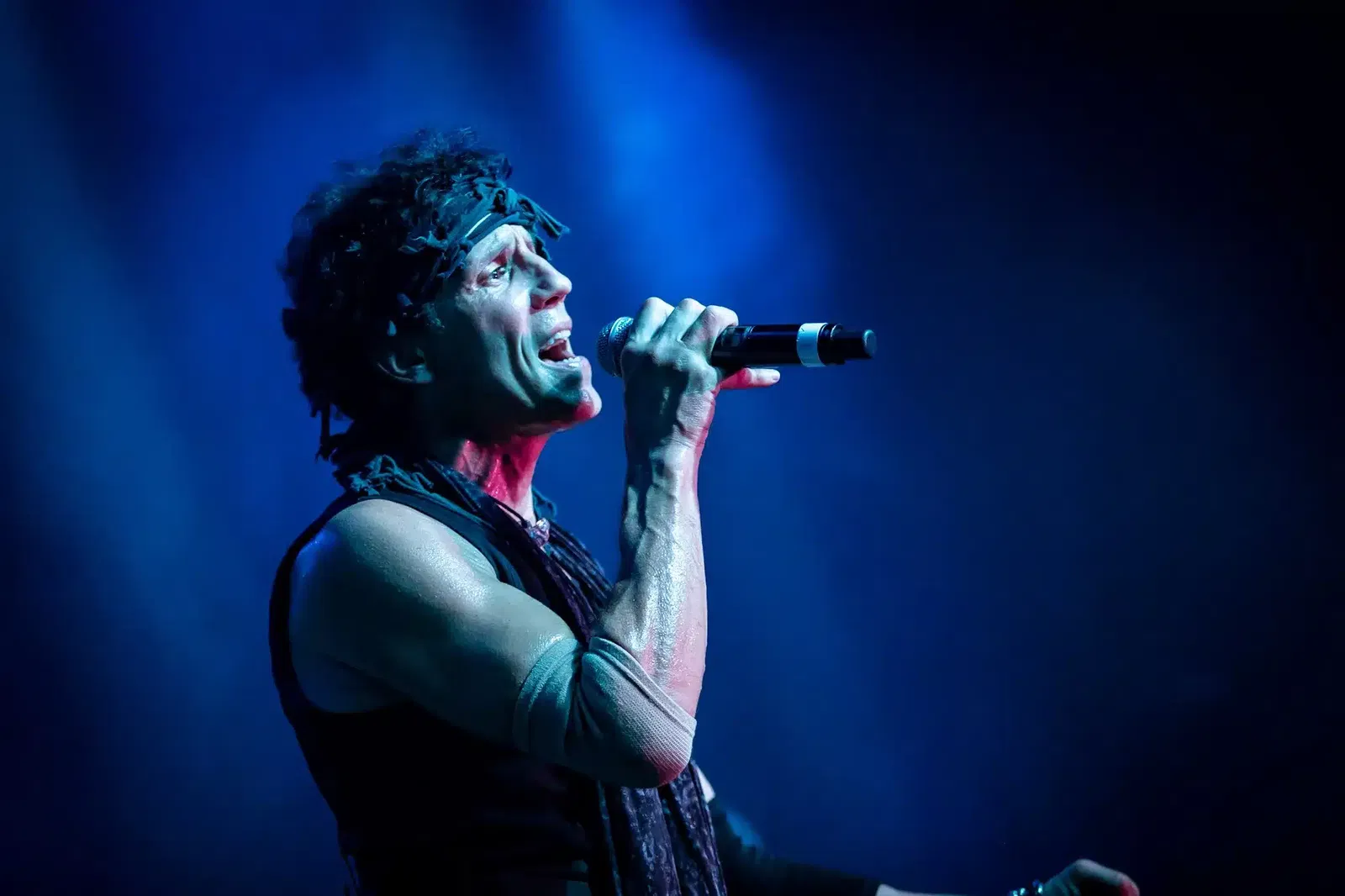
Cherone Replaces Hagar
An Unexpected Choice
- Following Hagar’s exit in 1996, Van Halen surprisingly recruited Extreme’s Gary Cherone as their new lead singer.
- Cherone brought a more baritone, blues-influenced vocal approach compared to his predecessors.
Van Halen III Reception
- The 1998 album Van Halen III received a lukewarm commercial reception and polarized fans.
- While showcasing the band’s musical adventurousness, it lacked the magic of their iconic earlier work.
Reunions and Van Halen’s Lasting Impact
Revolving Lineups
- Following Cherone’s departure in 1999, a planned reunion with Roth had several false starts before finally taking shape in 2007.
- The reunited original lineup toured successfully but eventually dissolved after one album, 2012’s A Different Kind of Truth.
Enduring Legacy
- Despite their constantly evolving lineups, Van Halen’s impact on rock remains monumental and multi-generational.
- From Roth’s flamboyance to Hagar’s anthems, their singular blend of hedonism and virtuosity molded the sound of hard rock.
The Irreplaceable Eddie
- Tragically, Eddie Van Halen’s passing in 2020 signaled the ultimate end of this game-changing band.
- His staggering guitar genius propelled Van Halen’s music into a stratosphere few bands have reached.
Van Halen’s story is one of raucous showmanship, brilliant musicality, and a constantly shape-shifting identity.
Their songs and electrifying performances left an indelible mark on rock’s DNA through all their eras and iterations.
Key Albums and Hits
1978-1985: David Lee Roth Era
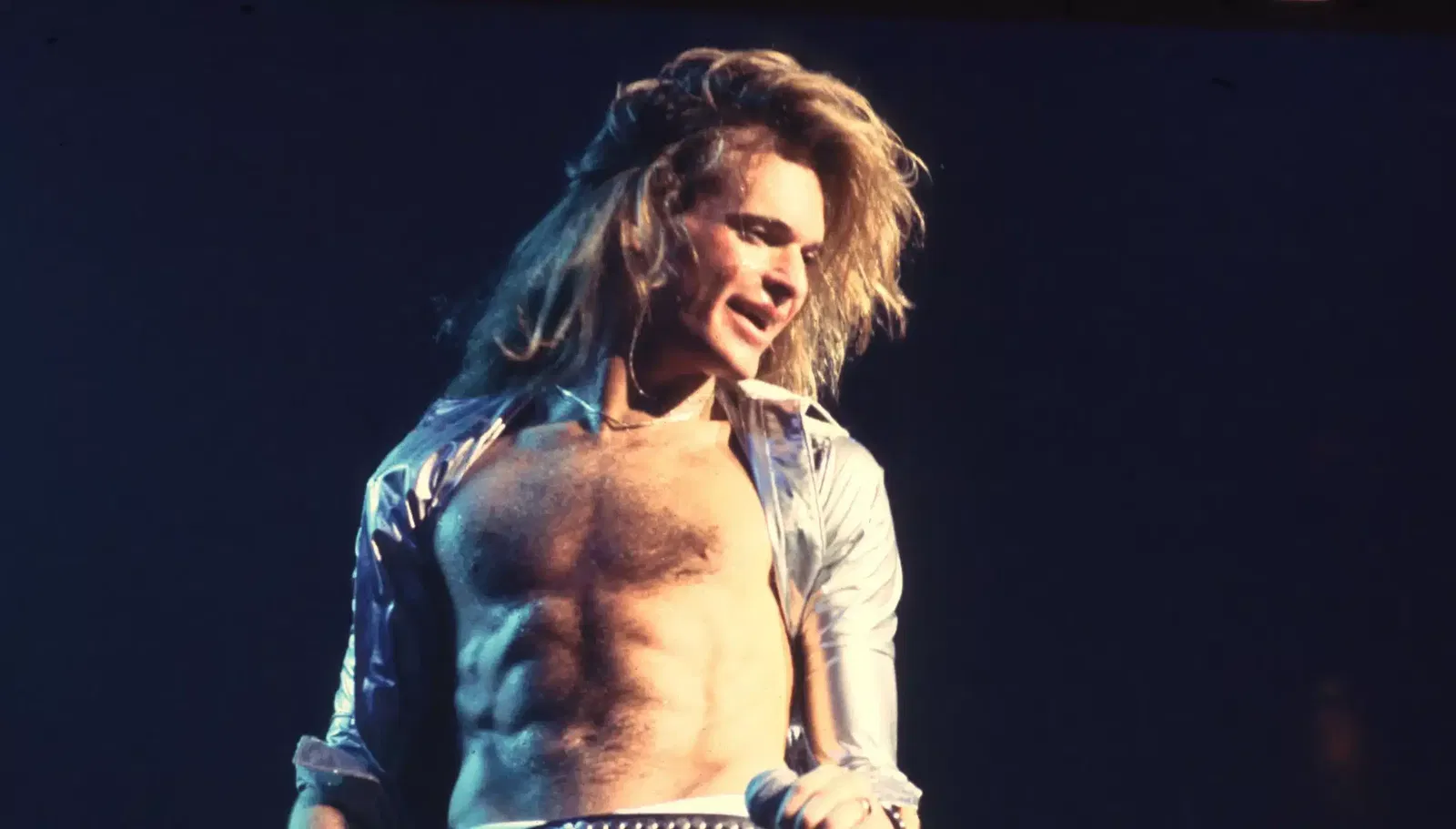
The David Lee Roth era was defined by Van Halen’s electrifying live shows, a unique blend of hard rock and showmanship, and groundbreaking contribution to the genre.
Roth’s flamboyant persona perfectly complemented Eddie Van Halen’s trailblazing guitar work.
Important Albums
- Van Halen (1978) – Their seminal debut featured hits like “Runnin’ with the Devil” and the iconic “Eruption” guitar solo, setting the stage for their meteoric rise.
- Van Halen II (1979) – Built on their momentum with tracks such as “Dance the Night Away.”
- Women and Children First (1980) – Introduced a heavier edge with notable songs like “And the Cradle Will Rock…”
- Fair Warning (1981) – Explored darker lyrical themes and complex compositions on tracks like “Unchained.”
- Diver Down (1982) – A mix of original tunes and covers, highlighted by “Pretty Woman.”
- 1984 (1984) – Their biggest commercial success blended hard rock with synthesizers, led by mega-hits “Jump,” “Panama,” and “Hot for Teacher.”
Major Hit Singles and Reception
- “Jump” became their first and only #1 on the Billboard Hot 100, exemplifying their mainstream crossover appeal.
- “Panama” and “Hot for Teacher” were ubiquitous on rock radio and pioneering MTV music videos.
- Critical acclaim, record-breaking sales, and massive cultural impact – the Roth era cemented Van Halen’s legendary status.
1985-1996: Sammy Hagar Era
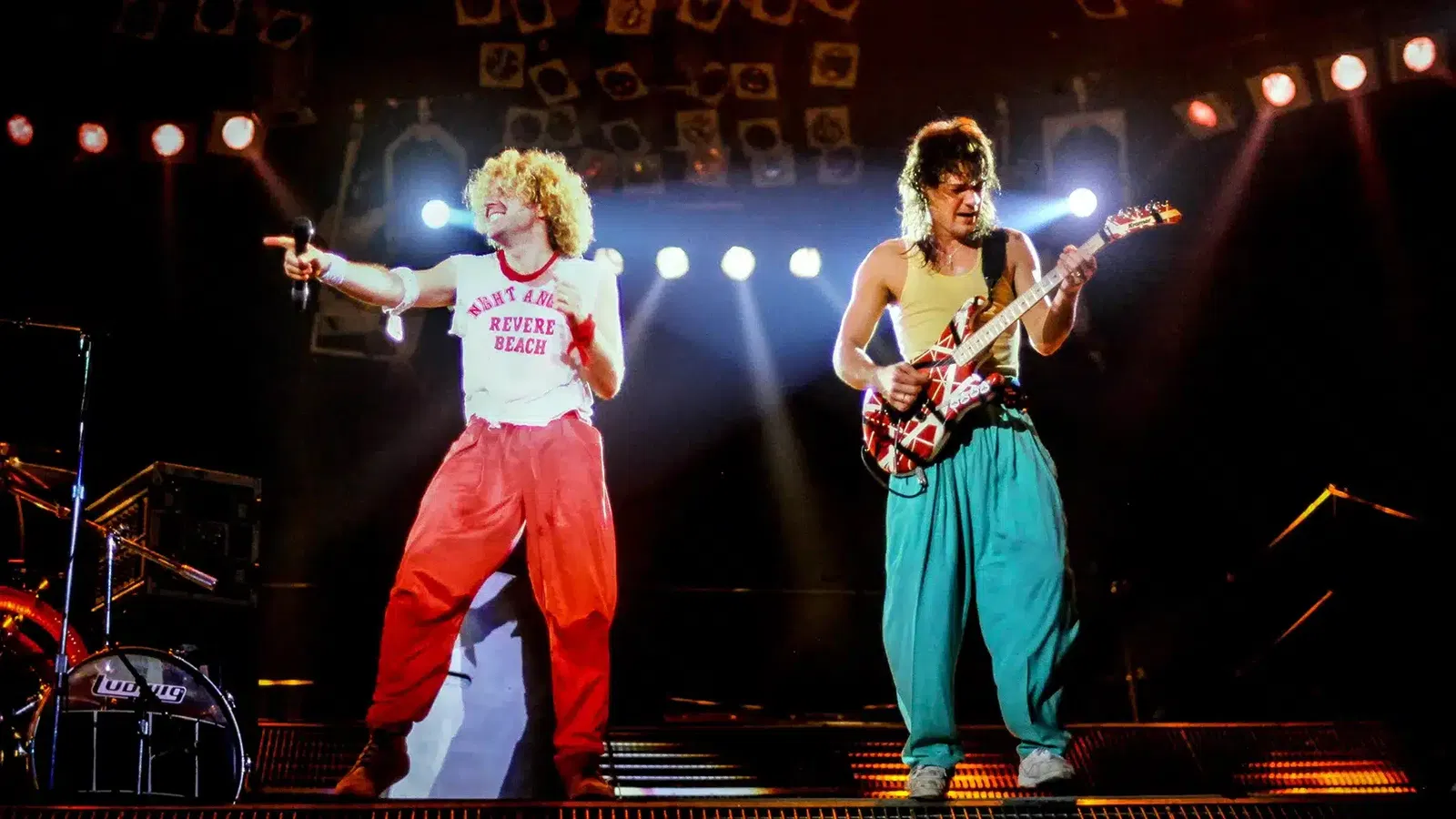
Transition to Sammy Hagar With Roth’s departure, former Montrose singer Sammy Hagar joined as lead vocalist, ushering in a new era that saw Van Halen adapt their hard rock roots with a more radio-friendly sensibility.
Key Albums
- 5150 (1986) – Hagar’s debut marked a new chapter with hit singles “Why Can’t This Be Love” and “Dreams.”
- OU812 (1988) – Blended rock bombast with pop hooks on tracks like “When It’s Love.”
- For Unlawful Carnal Knowledge (1991) – Returned to a grittier hard rock sound, winning Van Halen their first Grammy for songs like “Poundcake.”
- Balance (1995) – Displayed a mature, reflective side with songs such as “Can’t Stop Lovin’ You.”
Popular Tracks and Reception Hagar-era singles like “Why Can’t This Be Love” and “When It’s Love” topped the charts, while provocative videos for hits like “Poundcake” kept Van Halen relevant on MTV.
Critics praised their ability to explore new styles while retaining their signature edge.
1996-1999: Gary Cherone Era
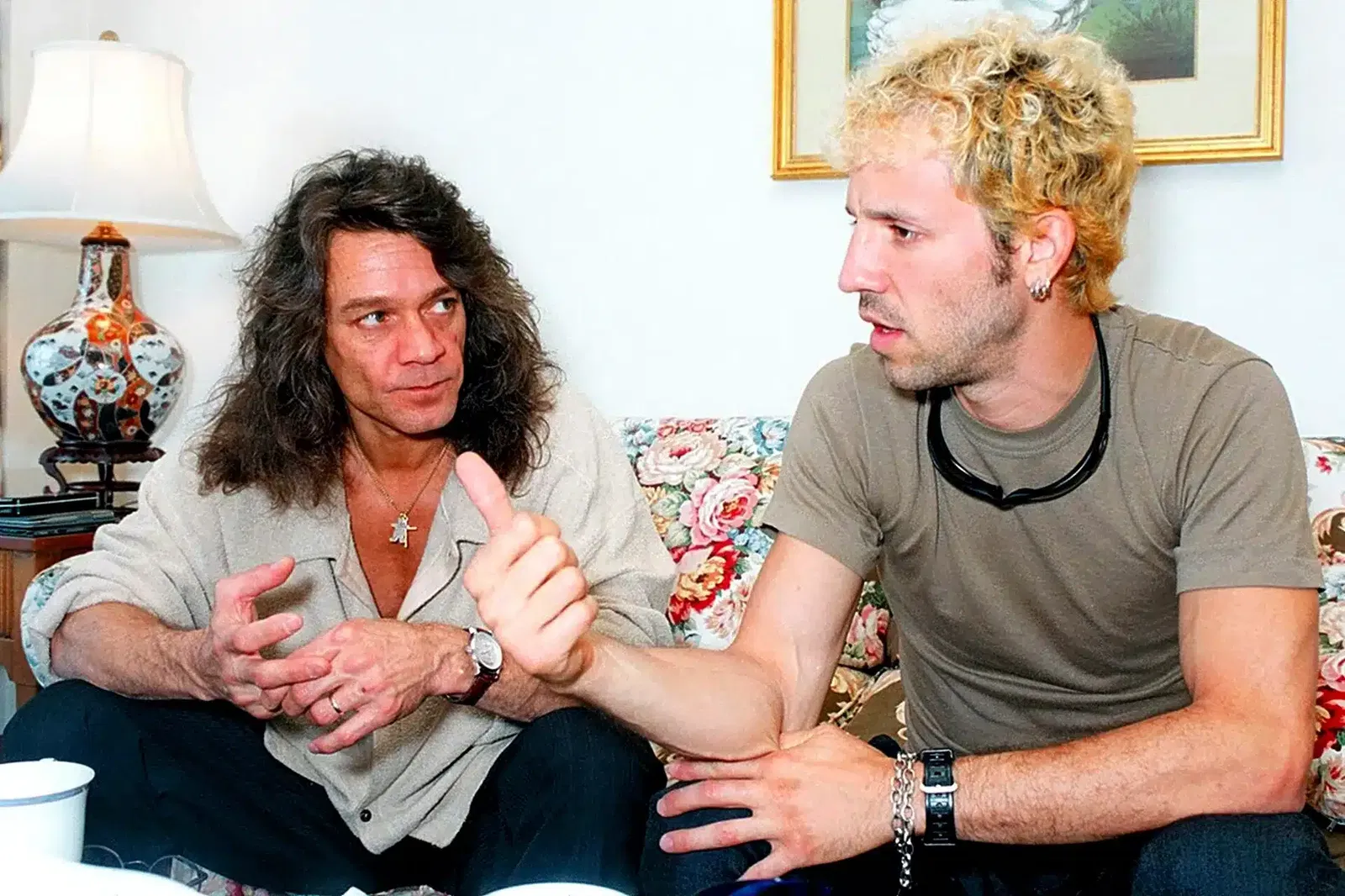
After Hagar’s exit, Van Halen surprisingly recruited Extreme frontman Gary Cherone as their new voice, aiming for a more progressive, alternative-leaning direction.
Album: Van Halen III (1998) Displaying the band’s willingness to experiment, VH III included the hit “Without You” alongside eclectic compositions that polarized fans and critics alike.
Reception
Despite the stylistic departures, VH III received lukewarm reviews and underwhelming sales compared to the band’s past glory.
This period proved short-lived as tensions led to Cherone’s exit in 1999.
Van Halen continuously evolved their sound and style around their trio of iconic lead vocalists from the bombastic party anthems of the Roth era to Hagar’s slick radio rockers and Cherone’s brief progressive detour.
Through all their transformations, Van Halen’s ability to innovate while retaining their signature hard rock spirit cemented their legendary status and enduring influence on generations of rock artists who followed.
Early Formation and Rise to Fame
1. Origin of the Van Halen Brothers and Their Early Musical Influences
Birth and Family Background
- Eddie Van Halen was born in Amsterdam, Netherlands in 1955, while his brother Alex was born there in 1953.
- Their father, Jan Van Halen, played jazz music, while their mother, Eugenia, came from Indonesia.
- The family relocated to Pasadena, California in 1962.
Musical Beginnings
- The brothers initially trained in classical piano, with young Eddie showing incredible talent from an early age.
- Inspired by the lively local music scene and popular rock acts like Led Zeppelin, they soon transitioned to rock instruments – Eddie on guitar and Alex on drums.
2. Formation of the First Bands and Eventual Establishment of Van Halen
Early Bands
- Their first group was called The Broken Combs, followed by bands like Trojan Rubber Co. and Genesis, which had to be renamed Mammoth.
- During this period, Eddie and Alex swapped instruments, with Eddie becoming the guitarist.
Formation of Van Halen
- They rented PA equipment from David Lee Roth, who soon joined them as the lead vocalist.
- In 1973, they officially changed the band’s name to Van Halen, seeing its long-term branding potential.
3. Challenges Faced in Gaining Initial Recognition
Early Performances
- To build a grassroots following, Van Halen relentlessly performed at local clubs, high school gigs, and backyard parties in Pasadena, Los Angeles, and neighboring areas.
- They played at iconic venues like Gazzarri’s and the Whisky a Go Go on the Sunset Strip.
Self-promotion and Hard Work
- Band members went door-to-door, passing out flyers to promote their shows through sheer hard work and determination.
- Despite their efforts, gaining widespread recognition and landing a major record deal proved an uphill battle initially.
4. Signing with Warner Bros. and the Release of Their Debut Album
First Major Break
- In 1977, Van Halen’s performance at the Starwood in Hollywood caught the attention of Warner Bros. Records executives.
- They were signed to the label and began working with producer Ted Templeman.
Debut Album Release
- Their self-titled debut “Van Halen” was released in 1978.
- It featured smash hits like “Runnin’ with the Devil,” the iconic “Eruption” guitar solo, and a cover of “You Really Got Me.”
Band Dynamics and Changes
The relationships between Van Halen’s core members – Eddie and Alex Van Halen, David Lee Roth, Michael Anthony, Sammy Hagar, and Gary Cherone – were pivotal in shaping the band’s music and enduring legacy.
1. Influence on Music
The musical chemistry between guitar virtuoso Eddie and powerhouse drummer Alex formed Van Halen’s foundation. Roth’s over-the-top showmanship perfectly gelled with Eddie’s boundary-pushing playing.
2. Conflicts and Tensions
Eddie Van Halen and David Lee Roth
Tensions arose from their conflicting visions – Eddie craved more serious, complex compositions, while Roth gravitated toward party anthems.
This rift grew during albums like Fair Warning and 1984.
Eddie Van Halen and Sammy Hagar
Power struggles over creative control and the band’s direction boiled over, especially surrounding 1995’s Balance and its troubled tour cycle.
Resolutions and Attempts
Despite the infighting, the band briefly reunited, like Roth’s stint in 1996 and Hagar’s return from 2003-2005, hoping to recapture their magic.
3. Lineup Changes
The classic Van Halen lineup of Eddie, Alex, Roth, and Michael Anthony remained intact through their rise to fame until 1985.
Major Lineup Changes
- 1985: Roth’s Departure – Replaced by Sammy Hagar amid creative differences and Roth’s solo ambitions.
- 1996: Hagar’s Departure – Replaced by Gary Cherone after escalating tensions with Eddie.
- 1999: Cherone’s Departure – The band went on hiatus following the poor reception to Van Halen III.
Impact on Music and Image
- Hagar Era (1985-1996) – A shift to a more radio-friendly, pop-influenced hard rock sound on hit albums like 5150 and OU812.
- Cherone Era (1996-1999) – More progressive, experimental material that polarized fans and critics.
- Roth’s Return (2006-2020) – A return to their classic sound on A Different Kind of Truth and successful reunion tours.
Legacy, Continuity, and Impact
2006, Wolfgang Van Halen replaced Michael Anthony on bass, ensuring the band’s family legacy continued despite lineup changes.
This personnel shift impacted their latter-day sound.
1. How Van Halen Shaped the Rock Genre
- Innovative Guitar Techniques: Eddie Van Halen revolutionized guitar playing with his signature two-handed “tapping” technique.
- His iconic custom “Frankenstrat” guitar influenced instrument design.
- Energetic Performances: Van Halen raised the bar for explosive live rock shows, driven by Eddie’s wizardry and Roth’s unmatched frontman charisma.
- Fusion of Genres: Blending hard rock with metal, pop, and glam influences, Van Halen crafted a unique, genre-defying sound.
Songs like “Jump” pushed rock’s boundaries with synthesizers.
2. Inspiration to Other Musicians
- Direct Influence: Countless rock/metal acts, such as Metallica and Guns N’ Roses, cite Van Halen as a formative inspiration.
- Legacy of Innovation: Eddie’s daring playing style and instrument modifications motivate generations of guitarists.
- Impact on Popular Culture: Their music remains ubiquitous in movies, TV shows, and ads, a testament to their lasting relevance.
3. Awards and Recognitions
Major Accolades
Rock and Roll Hall of Fame induction in 2007, cementing their legendary status.
1992 Grammy for Best Hard Rock Performance for For Unlawful Carnal Knowledge.
Multiple MTV VMAs, AMAs, Billboard Awards, and #7 on VH1’s Greatest Hard Rock Artists list.
Milestones
Over 80 million albums sold worldwide, with several reaching multi-platinum.
13 #1 hits on the Mainstream Rock chart.
1984 hit #2 on the Billboard 200, second only to Thriller.
Iconic anthems like “Jump” and “Panama” define the rock sound of the 80s.
The highest-paid single band appearance ever at the 1983 US Festival.
4. Final Years and Disbandment
Events Leading to Disbandment
Reunion tours with Roth in the late 2000s and 2012’s A Different Kind of Truth album amid ongoing tensions.
Eddie’s cancer diagnosis in 2001 and recurring health battles.
Lineup shifts include Wolfgang replacing Michael Anthony on bass.
Eddie Van Halen’s Death and Its Impact
Eddie’s tragic passing from cancer on October 6, 2020, ended an unparalleled era.
An outpouring of tributes from fans and music legends celebrating his genius and influence.
Wolfgang confirms Van Halen’s inevitable disbandment: “you can’t have Van Halen without Eddie Van Halen.”
Continued recognition through covers, retrospectives, and Eddie’s indelible mark on rock guitar.
Van Halen’s pioneering impact, record-smashing success, and sheer cultural ubiquity ensure their legacy as one of rock’s most influential and innovative bands.
Conclusion
The rotating lineup of iconic lead vocalists – from David Lee Roth’s flamboyant showmanship to Sammy Hagar’s anthemic hard rock stylings and Gary Cherone’s brief experimental era – shaped Van Halen’s constantly evolving yet distinctive sound.
Their songs and electrifying stage presence, driven by Eddie Van Halen’s unparalleled guitar genius, left an indelible impact on generations of rock artists.
So what’s next for fans mourning the band’s end after Eddie’s tragic passing?
Celebrate their boundless musical legacy by revisiting the incomparable recordings that blended hedonism and virtuosity like few others.
This hard rock institution’s journey through multiple lead singers cemented its elite status in rock’s pantheon.
Frequently Asked Questions
What Were the Key Innovations Introduced by Eddie Van Halen that Revolutionized Guitar Playing?
Eddie introduced two-handed tapping, whammy bar dives/shimmies, and custom guitar designs like the Frankenstrat.
How Did Van Halen’s Musical Style Evolve from The David Lee Roth Era to The Sammy Hagar Era?
It transitioned from high-energy party anthems to a more radio-friendly, pop-influenced hard rock sound.
What Were Some of The Major Awards and Recognitions Van Halen Received During Their Career?
Induction into the Rock & Roll Hall of Fame, Grammy for Best Hard Rock Performance, MTV Video Music Awards.
How Did Eddie Van Halen’s Death Impact the Rock Music Community and The Future of The Band?
His death prompted an outpouring of tributes and ended Van Halen’s decades-long journey as a band.
What of Van Halen’s most influential songs have shaped the rock genre?
“Eruption,” “Jump,” “Panama,” “Poundcake,” and “Why Can’t This Be Love” are considered highly influential.




















